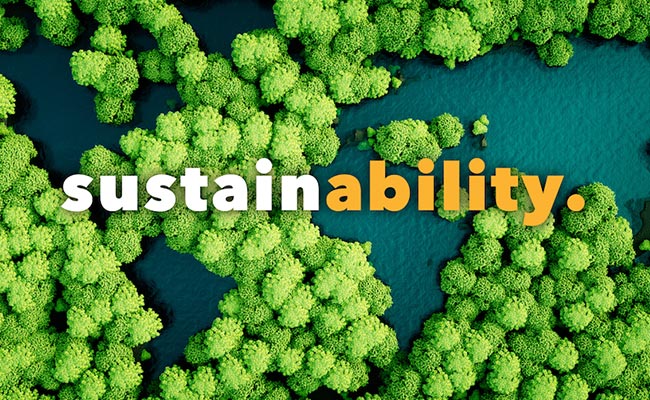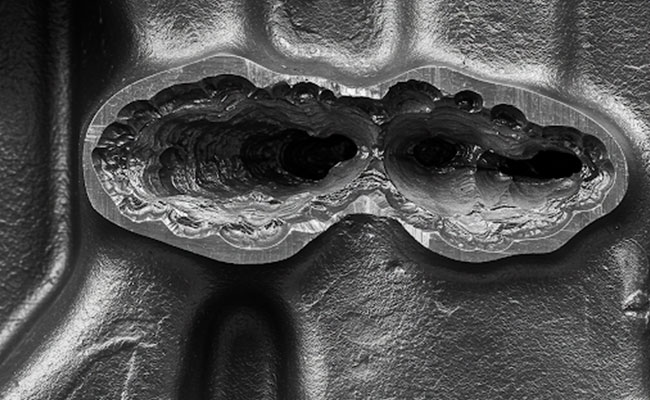
The Latest Trends in Casting Technology: What to Expect in 2025 and Beyond II
2025-04-21
Sustainability in Foundries: How the Casting Industry is Going Green II
2025-05-06Sustainability is no longer optional for the casting industry—it’s a necessity. Foundries worldwide are recognizing the environmental impact of traditional processes and are implementing strategies to reduce carbon footprints, improve resource efficiency, and align with global sustainability goals. Here’s how the casting industry is going green:
1. Energy Efficiency Innovations
Reducing energy consumption is a primary focus for sustainable foundries.
High-Efficiency Furnaces: Adoption of induction and electric arc furnaces that use less energy and generate fewer emissions.
Waste Heat Recovery Systems: Systems that capture and reuse heat from furnaces and exhaust gases, lowering overall energy requirements.
Smart Energy Management: Real-time energy monitoring systems optimize energy usage across the foundry.
2. Increased Recycling and Reuse
The circular economy model is being embraced to minimize waste.
Metal Recycling: Foundries are melting and reusing scrap metal, reducing the need for raw material extraction.
Sand Reclamation: Processes such as thermal or mechanical reclamation recycle used sand in molding, decreasing landfill contributions.
Slag Utilization: Slag byproducts are being repurposed for construction and other industries.
3. Adoption of Cleaner Energy Sources
Foundries are transitioning to renewable energy to power their operations.
Solar and Wind Power: Renewable energy sources reduce reliance on fossil fuels for electricity.
Hydrogen-Powered Operations: Trials of hydrogen fuel for high-temperature processes are underway to cut carbon emissions.
Energy Purchase Agreements: Collaborations with renewable energy providers ensure green power supply.
4. Environmentally Friendly Materials
Sourcing and using greener materials is another key area of focus.
Low-Carbon Alloys: Development and use of alloys with reduced environmental impact during production.
Bio-Based Binders: Switching from petroleum-based binders to biodegradable alternatives in sand molds.
Recyclable Packaging: Ensuring packaging materials for shipping cast products are sustainable.
5. Advanced Process Optimization
Using technology to optimize casting processes reduces waste and emissions.
Simulation Software: Virtual simulations identify the best mold designs and processes, minimizing scrap production.
Digital Twin Technology: Replicates real-world processes digitally to identify inefficiencies and save energy.
Predictive Maintenance: IoT-enabled equipment alerts to maintenance needs before failures, avoiding downtime and energy waste.




